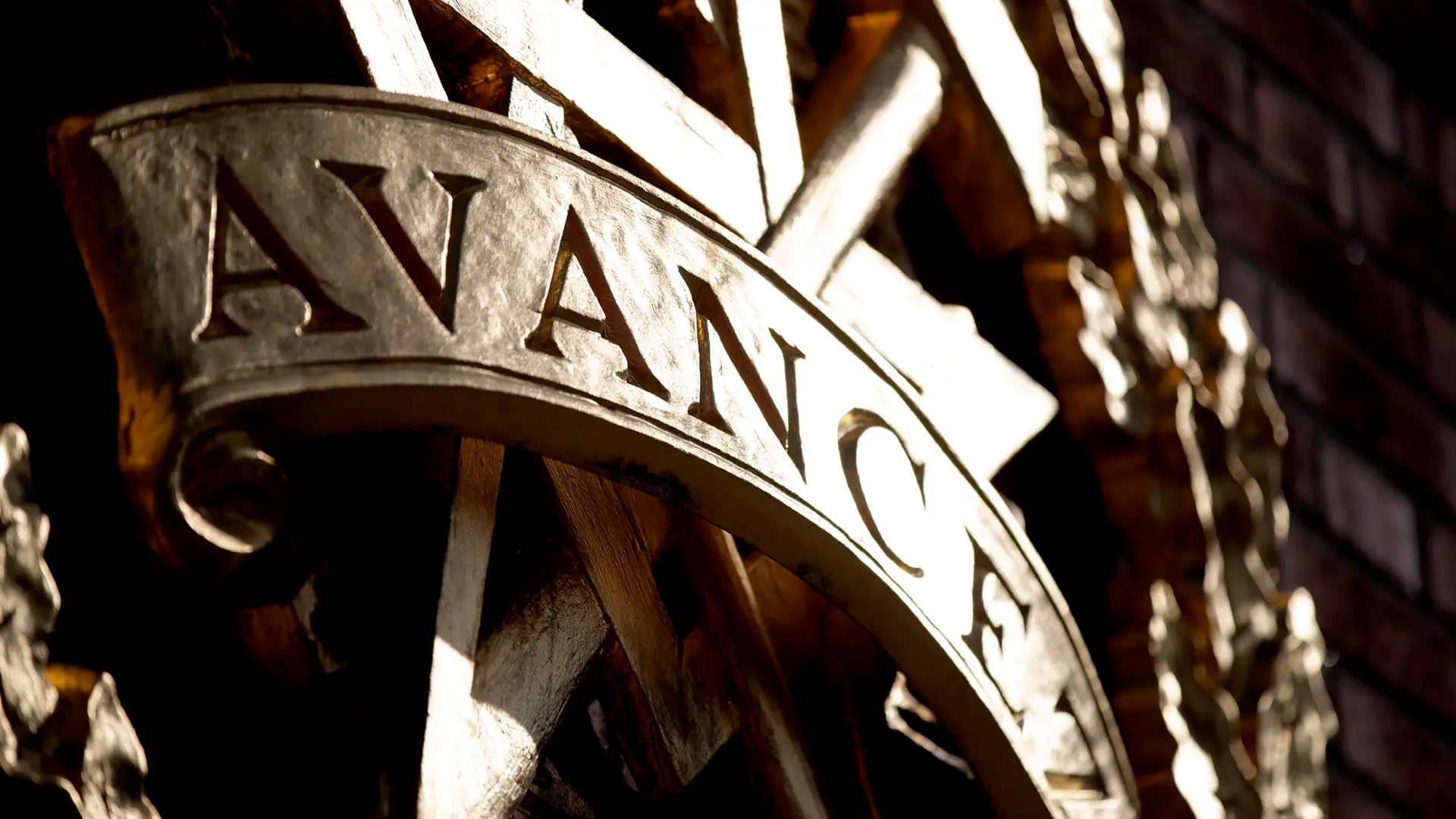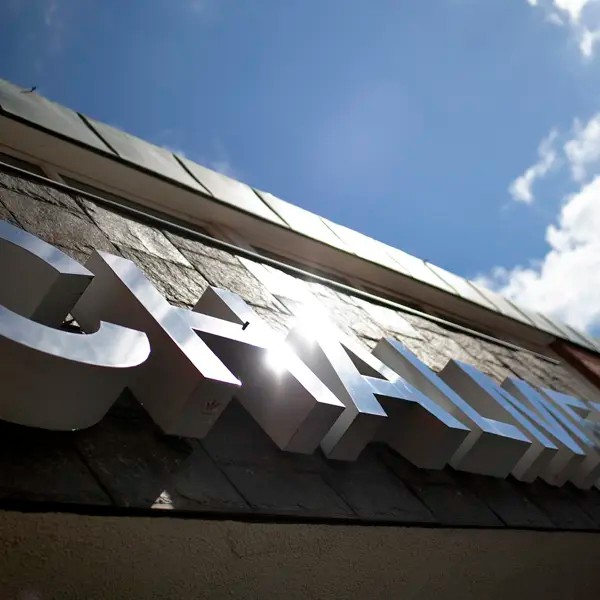
Over the past two hundred years, technological progress has made a decisive contribution to a better life for humankind. However, it is that same technological development that is in many ways responsible for the serious situation our planet now finds itself in. Chalmers must therefore focus even more on the transition that is needed for sustainable change.
Chalmers is well-placed to take significant steps towards developing into a world-class university over the next 20 years, until the beginning of the 2040s.
Vision: "Chalmers – a globally outstanding university of technology, for a better world"
Over the past two hundred years, technological progress has made a decisive contribution to a better life for humankind. However, it is that same technological development that is in many ways responsible for the serious situation our planet now finds itself in. Chalmers must therefore focus even more on the transition that is needed for sustainable change. The vision combines that focus with a clearly outspoken ambition to improve. To be better in order to make a bigger difference.
We will provide education and research at the highest international level that also effectively benefits both people and the planet.
Chalmers’ mission and purpose
Chalmers has a proud tradition of continuously pushing forward and going its own way. As a Foundation University, we have a particular responsibility to lead the way and challenge established systems. Our culture is one of pragmatism and openness, rather than hierarchy and formality, and is key to our success. We work in collaboration with other stakeholders, regionally and globally.
Our remit is to educate and conduct research so as to create and disseminate knowledge, skills and solutions based on scientific evidence that benefit both individuals and society in both the short and the long term.
Vision and strategic direction
Chalmers is well-placed to take significant steps towards developing into a world-class university over the next 20 years, until the beginning of the 2040s.
The vision consists of two parts:
- Academic quality at the highest European level
- Highly effective utilisation that will fulfil society’s need for deliverables in the short and medium term
The principal measures to be taken will be to create a more favourable context for the faculty members, attract top international talent and raise academic quality to the highest European level while also maintaining and strengthening the University’s successful and effective utilisation.
The strategic direction encompasses four key components:
- Strengthen academic quality – through a high level of base funding per faculty member and a high-quality process for recruiting researchers and teachers
- Developing operations support – essential for academic excellence and competitive advantage on the international stage
- Our own unrestricted internal base funding – through a combination of growing the Foundation’s capital, developing commercial operations and fundraising
- Exploiting the freedom of being a Foundation and developing the various operations into a coordinated group
Increased base funding as an enabler
A high level of base funding is a key to risk-taking in science and thus to achieve truly cutting-edge results from research. It is also crucial for the ability to attract and retain top international faculty members.
Due to its group structure, Chalmers is able to generate financial surpluses through both its management of the Foundation’s assets and its ownership of commercial businesses. This will be the basis for the creation over time of internal base funding similar in amount to the Government base funding. If the volume of external funding remains at current levels, this would mean that half of the research can be base funded, with the support of funding that the Foundation Group itself is planned to be able to generate.
The purpose is also to strengthen utilisation activities by means of a more coordinated Foundation Group. Chalmers will engage in semi-commercial and sometimes entirely commercial activity through various companies. Such activity is often a tool to promote utilisation, but in a well-coordinated Foundation Group it may also contribute financial surpluses that, over time, can form part of the internal base funding.
Generating funds for an internal base funding in line with the state funding is a demanding goal, which is partly dependent on continued economic growth in society and also some other factors. However, analyses show that it is fully possible to reach.
Direction of the work ahead
In February 2022, the strategic direction and vision for the Chalmers University Group were adopted by the Boards of Chalmers University of Technology Foundation and Chalmers University of Technology.
The work is conducted in three phases:
- A preparatory and enabling phase that is expected to last until 2024.
- A phase of establishment during the years 2024 to 2029. In 2029, Chalmers will celebrate 200 years. At that time, the new strategic direction will be fully implemented and the new Chalmers established.
- An upscaling phase that takes place 2029 to 2041. By the end of this period, Chalmers will complete the fulfilment of the vision.

Entrepreneurship by Chalmers
Our students and employees combine hard-earned wisdom and experience with youthful hunger and imagination to create value for society. Read more about entrepreneurship at Chalmers here.

Climate strategy and framework
Chalmers’ climate strategy is based on the Climate Framework for Swedish Higher Education and breaks down into the seven sub-areas, which you can read about here.